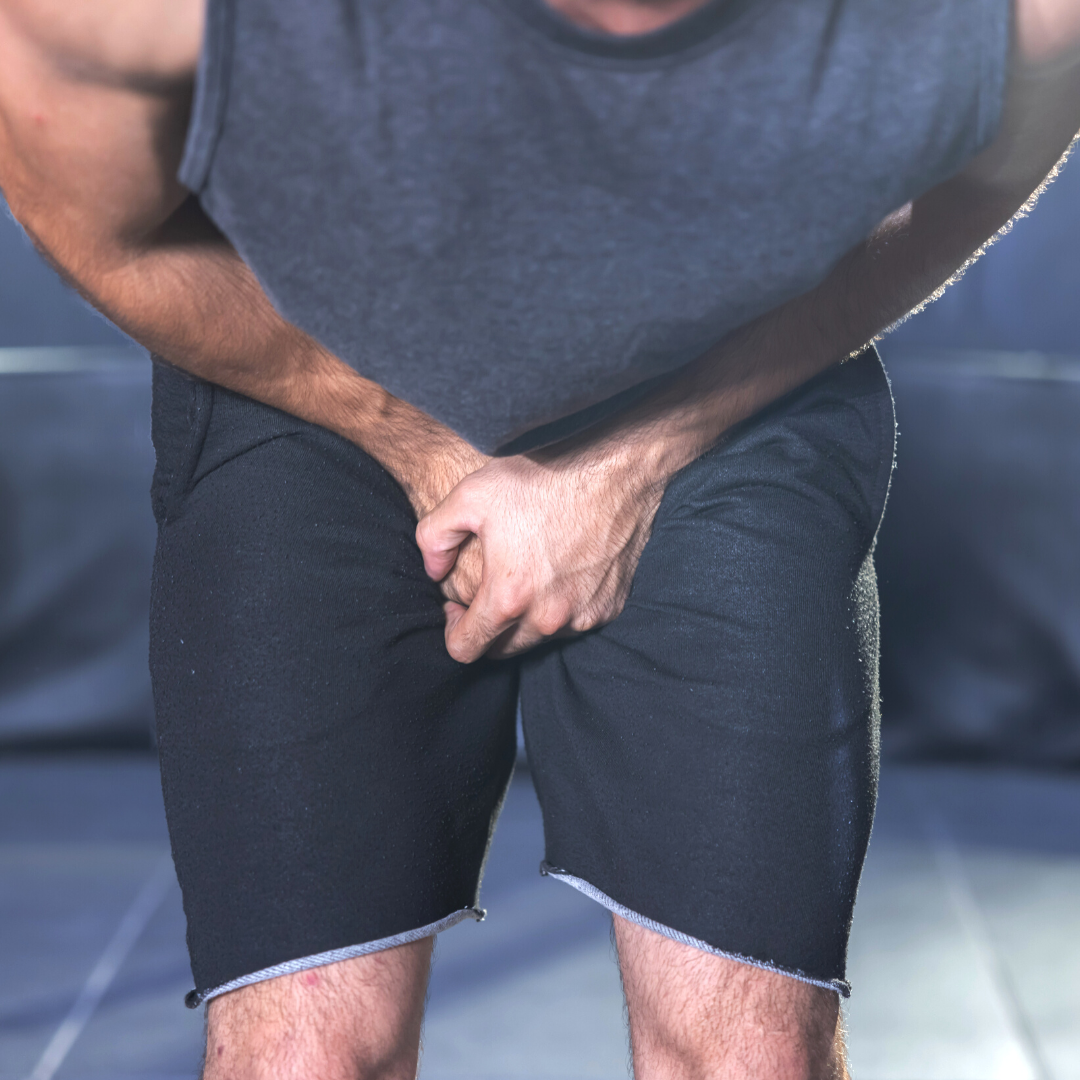Hip injuries affect basketball players pretty frequently. One of the most common causes is a “hip pointer.” With athletes being bigger and stronger, and play becoming more physical, there seems to be an increasing number of “hip pointers” occurring amongst basketball players. A hip pointer is a catch-all term that refers to a contusion to the iliac crest (part of the pelvic bone), the greater trochanter of the femur (or hip bone), or the surrounding soft-tissue structures. Classically they occurred in contact sports such as football or hockey as a result of a direct blow to the hip region. These injuries are being reported more frequently in basketball players either from the player falling onto their hip or side or by direct contact such as when one takes a charge in the lane.
The bones mentioned above are at particular risk for contusions because there isn’t much overlying muscle or fat in those regions to protect the athletes. Diagnosing these injuries is usually pretty straightforward because the player can recall an acute, precipitating event that results in localized pain to the hip region. The pain is typically exacerbated by running and jumping; and, if the abdominal muscles are affected, twisting can be painful. That being said, according to Anil Ranawat, an orthopedic surgeon at the Hospital for Special Surgery with a particular interest in hip and knee injuries, “Although a hip pointer is not related to the hip joint per se, sometimes intra-articular (inside the hip joint) injuries can mask themselves as hip pointers. So a careful workup is prudent.” Though not always part of the initial evaluation, imaging studies can be helpful in patients with continued pain.
X-rays can rule out the presence of a fracture (or broken bone). Sometimes, more advanced imaging tools such as CT scans or MRIs are used to rule out stress fractures and muscle or ligament tears.
The initial treatment for hip pointers involves rest, ice, compression, and anti-inflammatory medication usage. If walking is painful, crutches are sometimes used. Gradually, stretching and strengthening exercises are incorporated into the rehabilitation process. These injuries usually resolve fairly quickly with athletes getting back to play in a few days. Dr. Ranawat adds that though “these are best treated with conservative measures if symptoms persist, evaluation by an orthopedic surgeon is warranted to rule out more serious injury.”
For many common sports injuries we could spend lots of time talking abut preventative measures. nfortunately, in sports that involve contact, hip pointers are going to occur. More and more players nowadays are wearing padded compression shorts underneath their uniforms to provide a bit of protection, but given the amount of these injuries that we see, it probably isn’t enough. When they do occur, do not neglect them.



